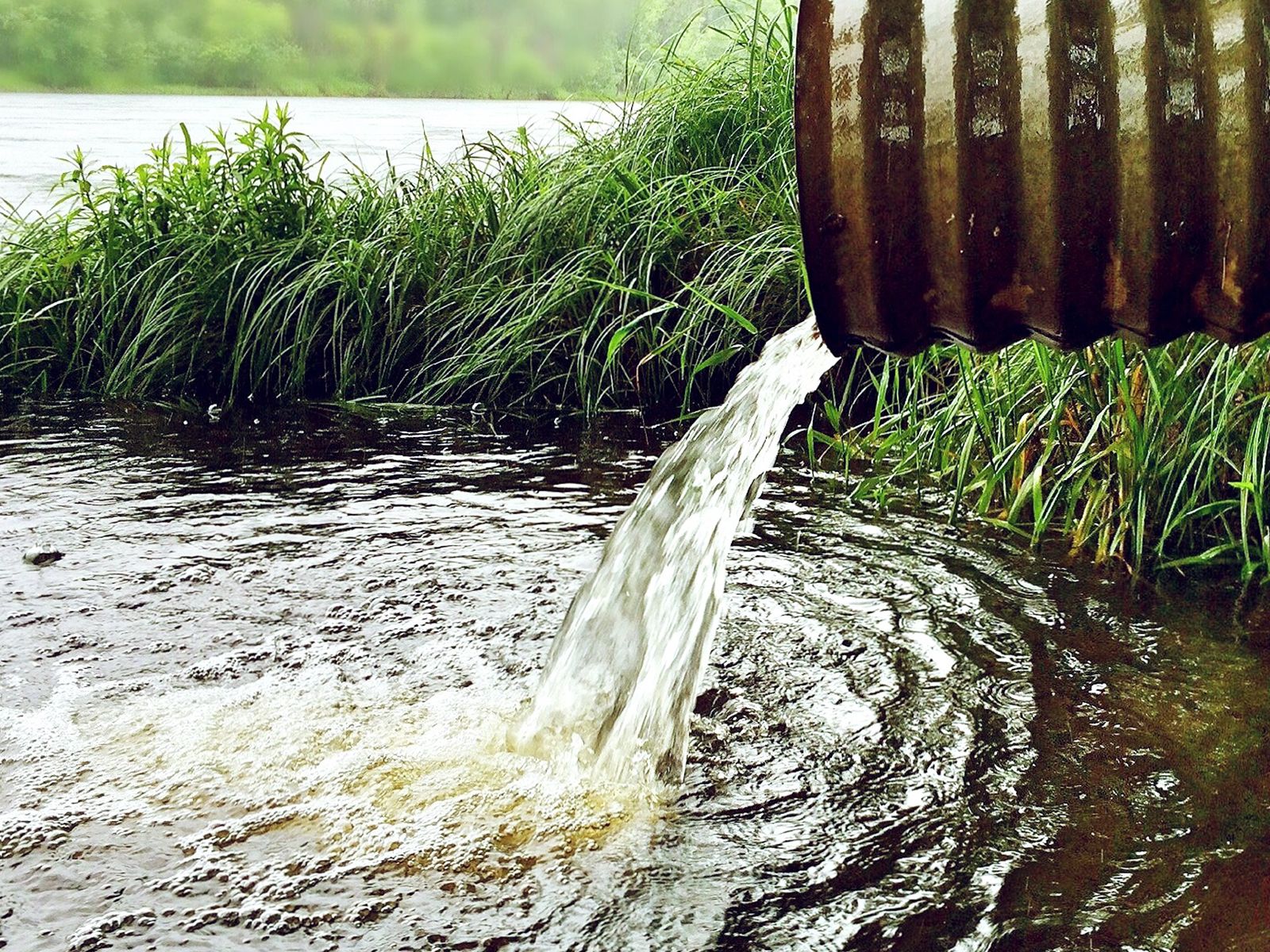Department of Range and Watershed Management

About
Department of Range and watershed management has been established with the aim of training experts in rangelands and watershed management areas. The close interaction of students with natural areas is one of the outstanding characteristics and attractions of this field. Students receive necessary education in relation to the principles of soil and water conservation. After graduation they will be able to run managerial and executive projects in watershed areas.
Department of Range and Watershed Management was established in 2008 to support research and teaching related to of rangelands and watersheds Management. The goals of Watershed management science and engineering is to provide comprehensive knowledge of watershed area in terms of potentials and limitations and finally comprehensive management of water and soil resources using managerial, biological, technical and engineering methods. This course is planned in such a way that the graduates will be able to prepare and design watershed plans and implement mechanical and biomechanical structures, control mass movements of the earth and manage flood related hazards.
Department of Range and Watershed Management was established in 2008 to support research and teaching related to of rangelands and watersheds Management. The goals of Watershed management science and engineering is to provide comprehensive knowledge of watershed area in terms of potentials and limitations and finally comprehensive management of water and soil resources using managerial, biological, technical and engineering methods. This course is planned in such a way that the graduates will be able to prepare and design watershed plans and implement mechanical and biomechanical structures, control mass movements of the earth and manage flood related hazards.
Facilities and Equipment
The laboratory is a about to 80 m2 and equipped with Current Meter, Moisture Meter, Oxygen Meter, Binocular Microscope and etc. There are also devices to measure different parameters of water and soil, including pH, EC, depth, current and etc. (Fig. A & B). there are also a collection of stones and minerals which enable us practically teach students different physical methods and techniques for preliminary identification of stones and minerals. A computer center with specialized software in the field of hydrology, remote sensing, geographic information system (GIS) and etc., supports the practical aspect of different courses taught.
-
TeachingTeaching
-
ResearchResearch
-
PublicationPublication


















